As nothing more than an amateur photog, I’ve hardly got all (or even any) of the answers when it comes to improving one’s photography; however, as someone who has become more passionate about taking photos, I have over the years learned a few things along the way.
It seems almost comical that just a few years ago I circumvented my way around Asia for nearly 6 months with nothing more than a tiny Casio point and shoot camera set in automatic equipped with a humble 4 gb memory card. These days, on a glorious day of shooting, I might exhaust that same memory card in mere hours. It’s amazing how things change!
Photography has become an addictive hobby, I’m telling you! However, with that being said, it’s no coincidence that many of the top travel blogs feature stunning HD photos that capture the imagination and spirit of a particular place, region, culture, and people. High-quality images have the power to transport viewers, evoke emotions, and tell stories that words alone sometimes cannot convey.
It’s an addictive hobby, I’m telling you! However, with that being said, it’s no coincidence that many of the top travel blogs feature stunning HD photos that capture the imagination and spirit of a particular place, region, culture and/or people.
I offer the following 10 travel photography tips as a way of hopefully inspiring others to take their photography a little more seriously. Whether you’re just starting out or looking to improve your skills, these tips are born from my own experiences, trials, and errors.
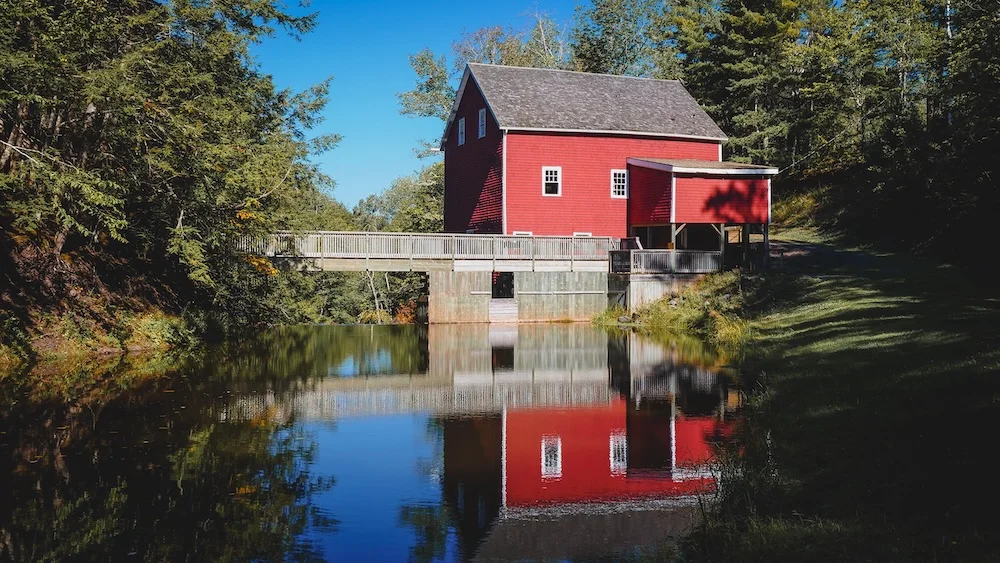
10) Primp & coif your photos as you would yourself before heading out to work
If rolling out of bed and heading to work (or some social event) without a shower, brushing your pearly whites, and running a comb through your hair sounds like a bit of a poorly hatched plan, it’s equally as obscene to think about doing it with your recently taken photos. Just as you wouldn’t present yourself to the world disheveled and unkempt, your photos deserve the same level of care and attention before they make their debut.
A few basic editing techniques and skills—such as cropping, adjusting exposure, and straightening your photos—are the travel photography equivalent of showing up to the dance sharply dressed. Editing isn’t about transforming your images beyond recognition; it’s about enhancing what’s already there and presenting it in the best possible light.
When I first started, I was hesitant to edit my photos. I thought that relying on editing was somehow “cheating” or that it diminished the authenticity of the moment captured. However, I soon realized that even the best photographers in the world edit their photos to some extent. Editing is part of the creative process. It’s your chance to correct any imperfections, bring out the colors, adjust the lighting, and crop out any distractions that detract from the main subject.
Think of your photos as raw gems that need a bit of polishing to truly shine. There are plenty of user-friendly photo editing software options out there, from Adobe Lightroom to free apps like GIMP or even mobile apps. Spend a little time familiarizing yourself with the basic tools. You’ll be amazed at how a few tweaks can elevate your images from good to great.
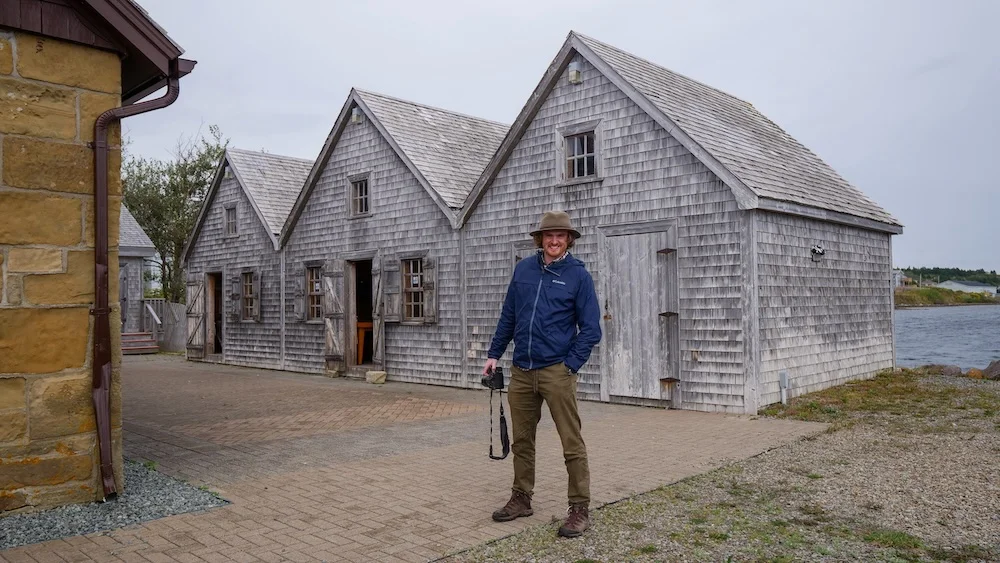
9) If you’re dressed nicely put your camera away
With all the talk about looking immaculate in point number 10, it might come as a surprise that I suggest you wear your worst while taking photos. If you’re not prepared to climb, get down on your knees, or twist your body as if playing a game of drunken Twister, chances are you’re missing out on some great angles and vantage points that ultimately lead to stunning shots.
One of the best pieces of advice I received was to “get comfortable with being uncomfortable.” That might mean kneeling on a dusty road to get that perfect low-angle shot of a local market or lying flat on your stomach to capture the reflection of a monument in a puddle. If you’re worried about dirtying your clothes, you’ll hesitate, and that hesitation could cost you a fantastic photo.
I remember once in Vietnam, trying to photograph the vibrant floating markets. To get the shot I envisioned, I needed to crouch low on a precarious boat, balancing myself while trying not to drop my camera into the river. It wasn’t glamorous—I was soaked by the end of it—but the photos were some of my favorites from the trip.
So, dress in comfortable clothes that you don’t mind getting a bit dirty. Embrace it all!
8) Think before pressing the shutter
A lot of us have grown up a little trigger-happy. I remember my first ever video game for the Nintendo Entertainment System was Duck Hunt. I know I’m pre-dating some of today’s youth with tales of such games that are more likely to be found in a museum or attic than in actual use today; however, I was rewarded greatly for standing as close to the television set as possible and blasting away. Yet, that kind of technique is not something that is going to improve your travel photography.
Believe it or not, I’m suggesting one ought to think a bit before pressing the shutter button. What is your subject? What are you trying to emphasize? Have I selected a fast enough shutter speed to capture a sharp photo? What kind of selective focus (depth of field) do I want to achieve with this photo? These are just a few questions you might want to ask yourself internally before doing the digital deed.
Photography is as much about planning and intention as it is about spontaneity. Taking a moment to consider your composition, lighting, and settings can make a world of difference. It’s the difference between a snapshot and a photograph.
When you’re mindful of your shots, you start to develop an eye for detail. You notice how the light falls on your subject, how the background complements or distracts, and how you can frame the image to tell a story. This doesn’t mean you need to overthink every shot to the point of missing the moment, but developing a habit of quick, thoughtful consideration can elevate your photography immensely.
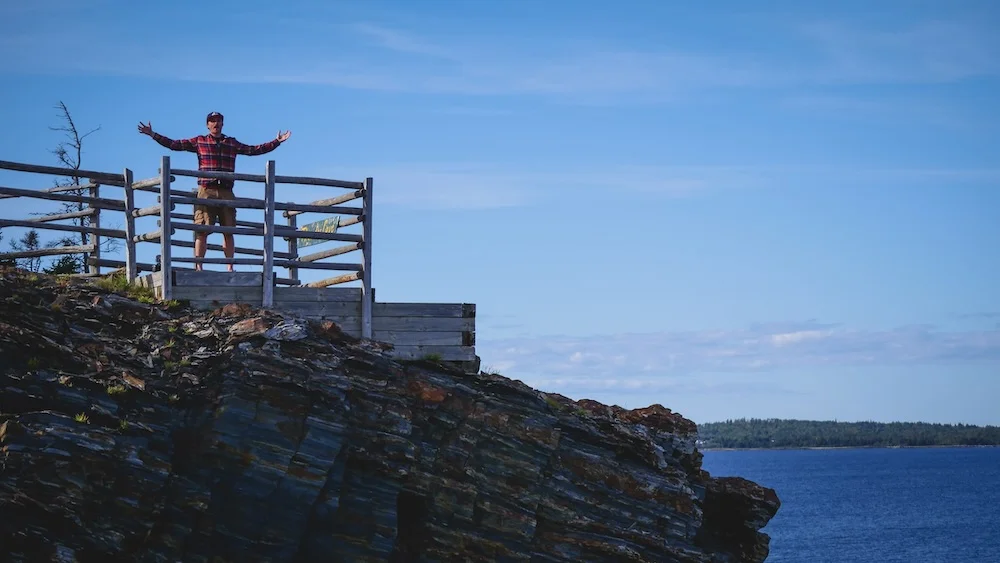
7) Delete More Photos Than You Keep
I totally get it! The fifteen photos in a row of you gorging down on that piece of cake are priceless and should forever be kept in storage. Actually, on second thought, maybe not? Honestly, one of the things that has helped me to improve my photography more than anything else is to be my own biggest critic.
I feel as though one should delete roughly half of the photos they take, if not more. Ideally, I aim for 70% or more. Why am I keeping this photo? is a question I often ask myself.
In the digital age, it’s easy to amass thousands of photos because storage is cheap, and the temptation to keep everything is strong. But quantity doesn’t equate to quality. By curating your work and being selective about what you keep, you force yourself to evaluate your photos critically. This process helps you identify your strengths and weaknesses, learn from mistakes, and focus on improving.
When I return from a trip, I go through my photos methodically. I look for images that stand out, that evoke emotion, or that tell a compelling story. If a photo is just “okay,” it doesn’t make the cut. This discipline not only helps in organizing my photo library but also ensures that when I share my work, it’s the best representation of my abilities.
Remember, it’s better to have a portfolio of a few outstanding images than a collection of mediocre ones.
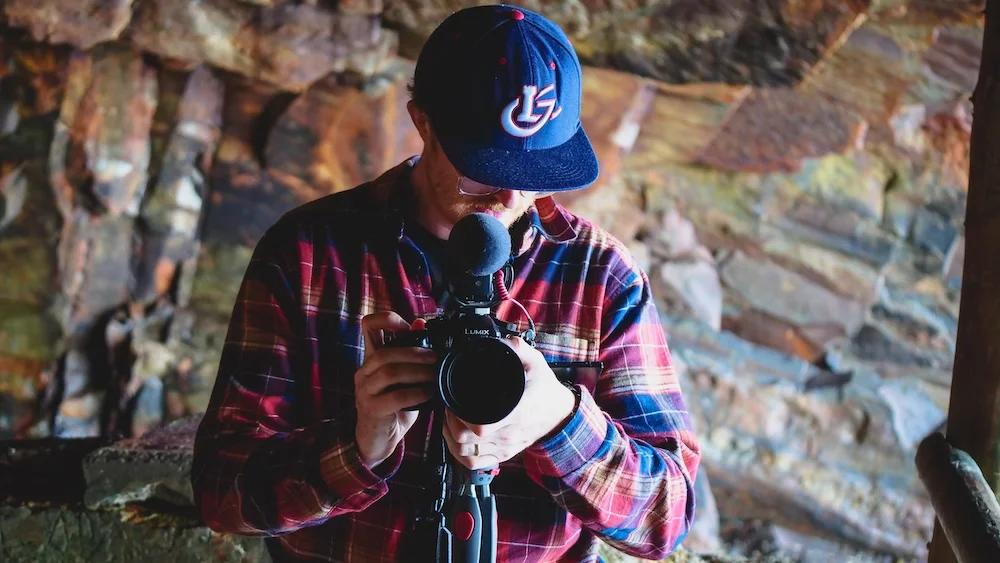
6) Lose your camera in style
Seriously, if somebody wants your camera bad enough, they’ll find a way to pry it out of your precious little hands or safely stowed backpack. It’s amazing what a lethal weapon invading your personal space will do to change your mind about what is important in life. My motto is that I’ve bought it to take photos, and I’ll lose it in style shooting as often as I can.
This doesn’t mean that I think your camera should be dangling off of your neck at all times; after all, proper discretion applies in certain circumstances. However, if you’ve purchased your camera to take photos and not collect dust, my suggestion is to use it and not live in fear.
When I first started traveling with my camera, I was overly cautious. I kept it tucked away, only bringing it out when I felt it was “safe.” Looking back, I realize how many moments I missed because I was too afraid of losing my gear.
Of course, be sensible—don’t flash expensive equipment in high-risk areas, and always be aware of your surroundings. But don’t let fear prevent you from capturing the incredible scenes unfolding around you. Insurance can replace a camera, but it can’t recreate a moment lost.
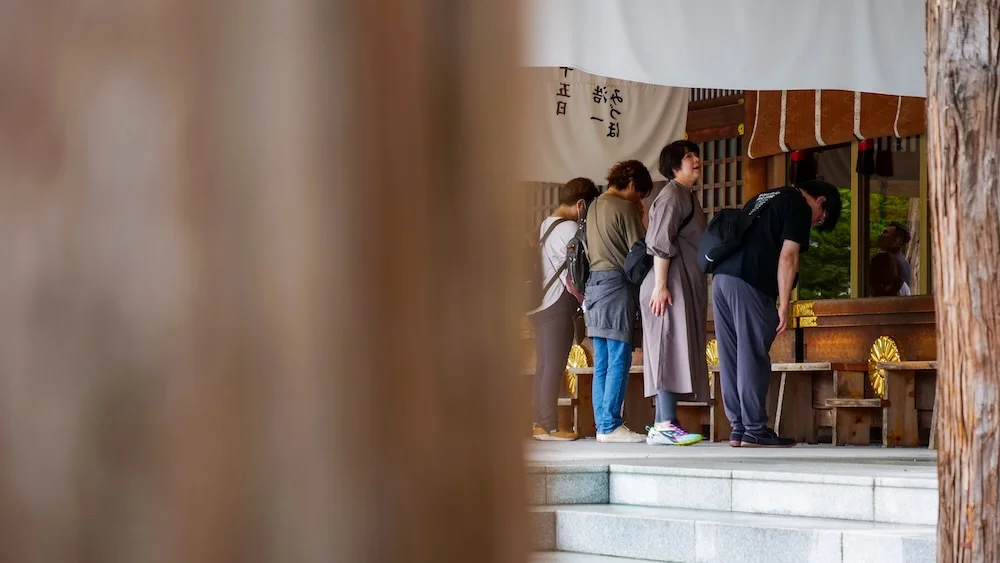
5) Conquer your fear & dare to be bold in the process
I’m shy by nature. I used to hate taking photos of people. The thought of pointing my camera at a stranger made me uncomfortable. What I’ve come to realize is that by stepping out of my comfort zone personally, it’s had an equal, if not greater, effect on my photography. I now take shots of people with confidence—both in candid situations and with posed portraits.
Any excuse that’s holding you back from taking better photos is best left behind in the rear-view mirror. Whether it’s fear of rejection when asking someone for their portrait or hesitation in trying a new technique, pushing past these barriers is where real growth happens.
So, dare to be bold. Try that unconventional angle, experiment with settings, and don’t be afraid to engage with your subjects. The worst that can happen is someone says no, but the best that can happen is you capture something truly special.
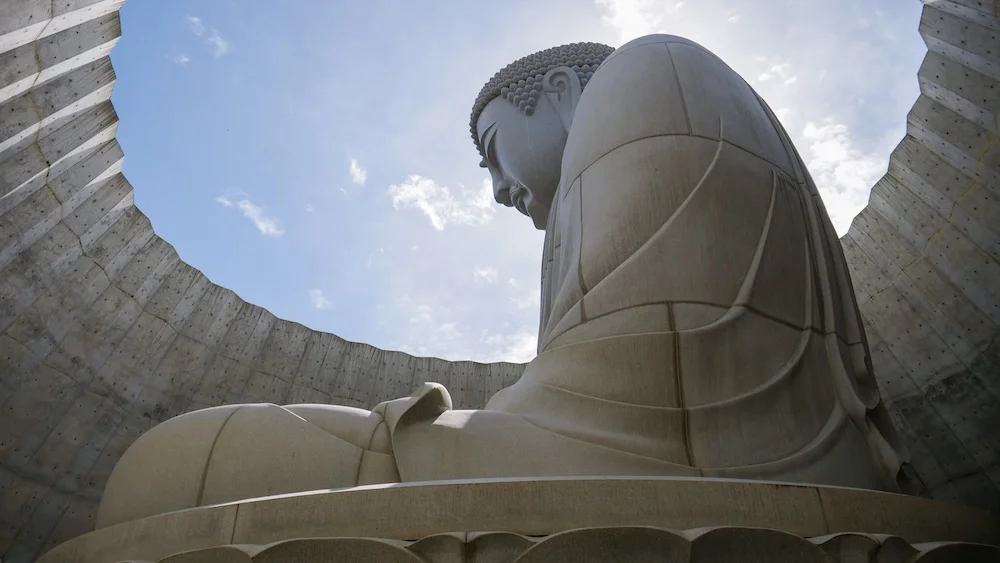
4) Hitting the bullseye is great in darts, not as ideal in photography
If you’re nailing the bullseye time and again with precision, one might call you a talented shot in darts. In photography, if your subject is situated in the dead center of all of your shots, chances are you’re taking less interesting photos. Compositional dos, such as the rule of thirds, suggest one place their subject away from the center.
It’s certainly “just fine” to have your subject positioned dead center from time to time, but one thing I’ve noticed about some galleries from those just taking up the hobby is that this is happening far too often.
Learning about composition can dramatically improve your photos. The rule of thirds involves dividing your frame into a grid of nine equal parts and placing your subject along these lines or their intersections. This creates more balance and interest in the image.
But don’t stop there. Explore other compositional techniques like leading lines, framing, symmetry, and patterns. By being mindful of how you compose your shots, you guide the viewer’s eye and enhance the storytelling aspect of your images.
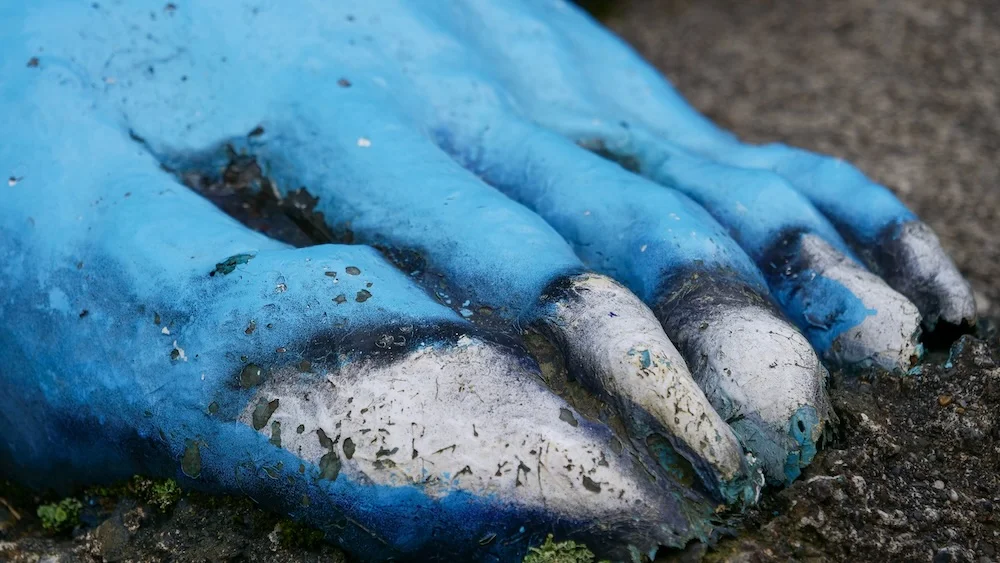
3) Notice the world in a different way
Do you remember when you bought that shirt you thought was unique, only to find out every 10th person you passed down the street seemed to also be wearing it? Quickly look around the room where you’re reading this article right now and notice something red. Have you found something yet?
Okay, now tell me what you found in the room that was green.
The fact is that we see the world in a selective manner, and this bias is reflected in your photography as well. Try going out and trying to capture certain tones, colors, or shapes as an exercise for the day. It will not only help you to see the world more creatively, but it makes for a fun challenge.
When you consciously decide to look for specific elements—be it a color, texture, or pattern—you train your eye to notice details that might otherwise go unnoticed. This heightened awareness can lead to more interesting and unique photographs.
I once spent a day in Tokyo focusing solely on reflections. By narrowing my focus, I discovered a whole new perspective of the city—reflections in puddles, windows, and even sunglasses. It was an eye-opening experience that enriched my photographic repertoire.
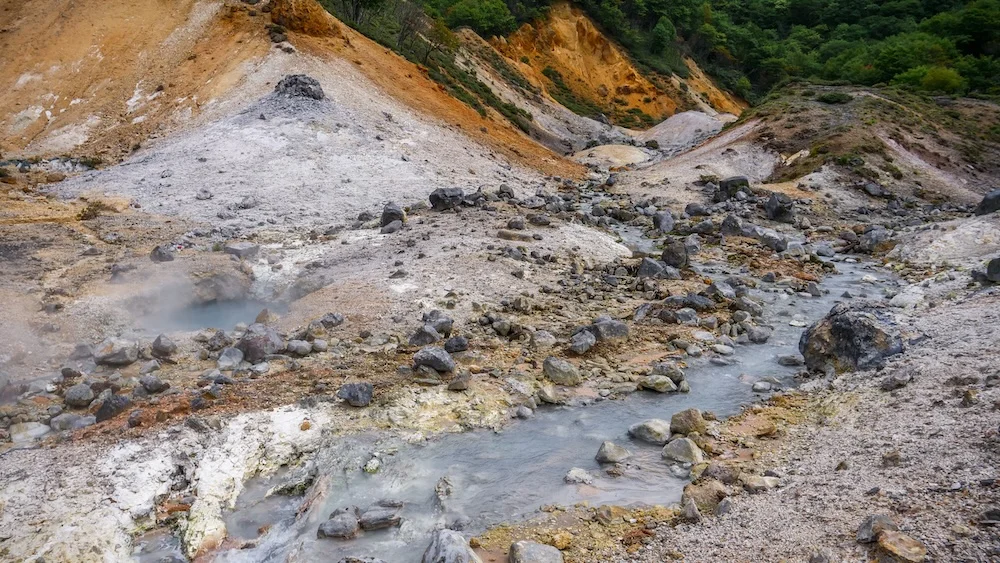
2) Reduce the shots of YOU
Remember the example of those splendid shots of you eating cake from point number 7? You’re going to hate me all over again. Honestly, the name of the game when it comes to improving your photography is not to shove yourself into every single frame you ever take. I’m so sorry.
My sage-like piece of advice (coming from a fool) is to start noticing everything in front of you instead of having to be in front of everything.
Selfies and personal photos have their place—they capture memories and personal experiences. But if you’re serious about improving your photography, shift the focus away from yourself and onto the world around you. Challenge yourself to tell stories through your images without relying on your presence in them.
By doing so, you open yourself up to a world of subjects and scenes that can be far more compelling. You learn to observe, anticipate moments, and capture the essence of a place or culture.
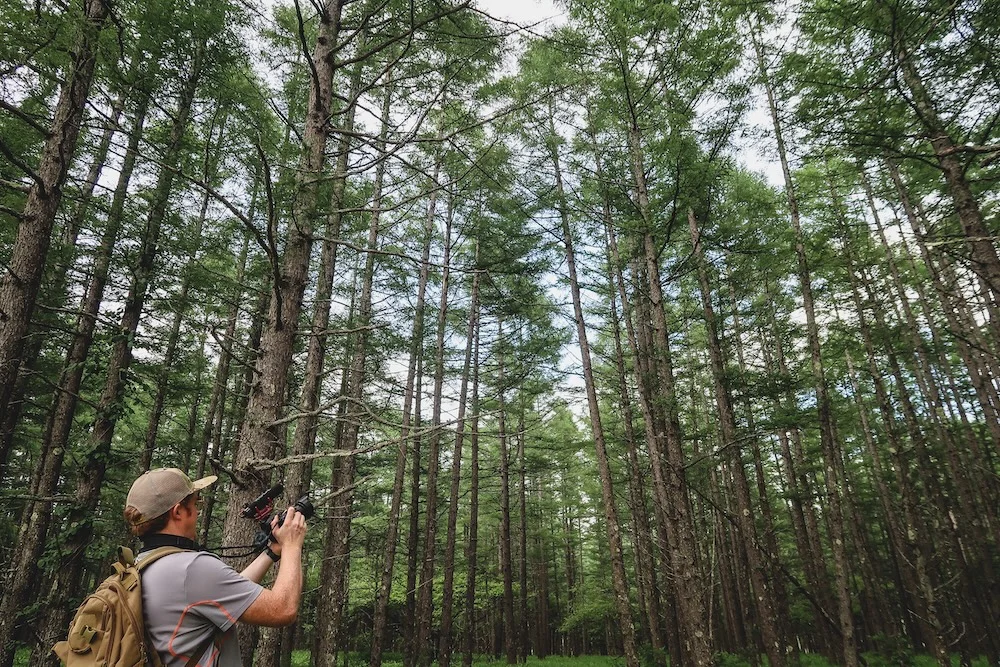
1) Learn as many rules about composition as you possibly can & then break them all…OFTEN
There are a plethora of compositional dos and don’ts one can potentially learn to improve their photography. I suggest studying them all and applying them in appropriate situations; however, I can’t stress enough to also be prepared to break them just as often.
Photography is about emotions and feelings as much as it is about technical skills. Ultimately, it’s about doing what feels right.
Rules are guidelines that help you understand the fundamentals of good composition. They provide a foundation upon which you can build. But creativity thrives when you push boundaries and experiment beyond conventional norms.
Some of the most iconic photographs break traditional rules, yet they resonate deeply because they evoke emotion, tell a powerful story, or offer a unique perspective. Don’t be afraid to take risks. If you feel that centering your subject creates the impact you want, go for it. If tilting your camera adds dynamism to the shot, try it out.
The key is to know the rules well enough to break them intentionally and effectively.
Final Thoughts: 10 Tips To Improve Your Travel Photography
So there you have it! A whirlwind tour through my top ten tips for elevating your travel photography from “meh” to “wow!” If you’ve stuck with me this far, give yourself a pat on the back. You’ve proven that you’re serious about stepping up your photography game—or at least that you’re really good at procrastinating. Either way, we’re in this together!
Remember, photography isn’t just about capturing that perfect sunset or the hundredth photo of your feet against a backdrop of some exotic beach (seriously, we get it—you have feet). It’s about telling stories, evoking emotions, and occasionally realizing that you’ve been shooting with the lens cap on for the past hour.
Don’t be afraid to make mistakes—after all, even the most seasoned photographers have accidentally taken a dozen shots of the inside of their camera bags. Embrace the blurry photos, the accidental selfies, and the photobombs by that random guy who always seems to pop up just as you press the shutter. They’re all part of the grand adventure!
Happy shooting, and may your memory cards always have space for one more photo!
